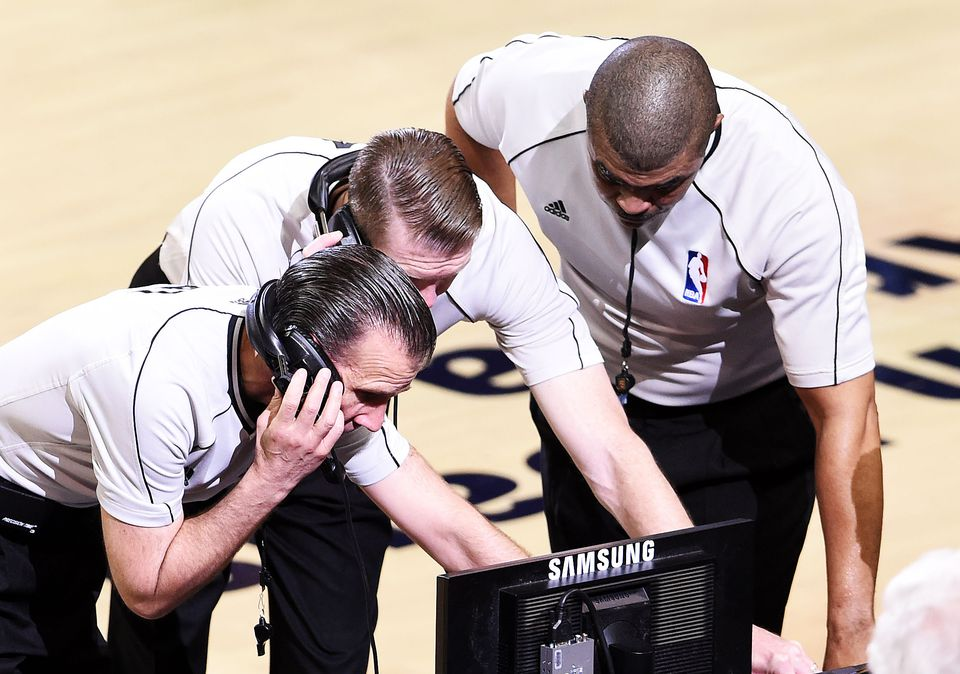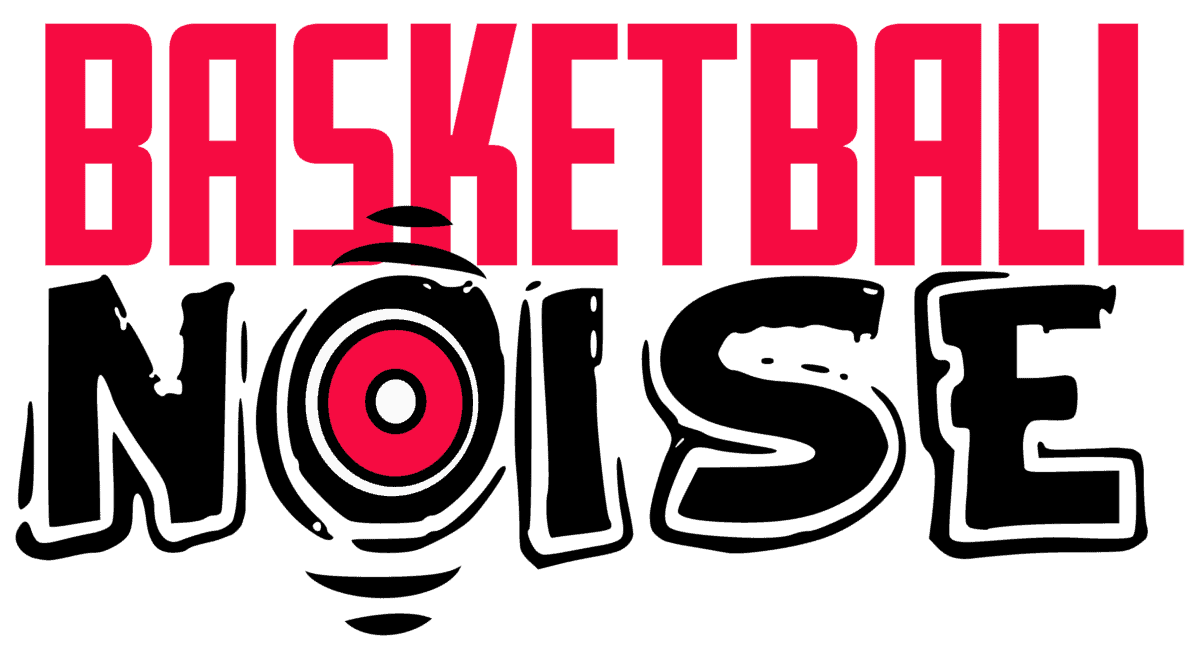The rapid development of technology worldwide has also made its way into the world of sports. New technology has improved player performance, developed new analytics for teams, as well as enhancing the fan experience. But the advent of technology into sports itself has been met with a little bit of pushback. Technology has been presented to solve many of the problems plaguing sports, but many argue whether it only introduces more problems, as well as debates about retaining the traditional way. Basketball, especially the NBA, has been experimenting with implementing technology as well, with mixed results.
When can NBA referees review a play? Generally, NBA referees can use instant replay to review a play at any time during the game (granted that the play is reviewable). However, special rules apply during the last 2 minutes of the quarter as well as the last 2 minutes of any overtime period; the plays that are reviewable differ from the normal reviewable plays in regulation. In the final 2-minute period, certain reviewable plays cannot be triggered by referees, but can only be challenged by coaches.

What plays are considered reviewable?
In general, referees can review a play using instant replay at their own discretion, when they can’t reasonably make a decision and need the help of instant replay. However, there are certain instances where referees must check instant replay to review a play. Firstly, any made basket with no time left on the clock at the end of any period needs to be reviewed to check if the basket counts or not. Likewise, any foul that occurs at the end of a period needs to be reviewed if it occurred before time expired; if so, referees will proceed as required when a foul occurs, while also adjusting the game clock and shot clock.
A third instance where a review is automatically given is if an altercation has occured on the court, involving any players, coaches, referees, or fans. Using instant replay, referees assess who was involved in the on-court altercation and the proper punishment for each involved person. This review can occur at any time of the game (whenever the altercation has occurred).
There are 13 other “triggers” that allow a referee to enable the assistance of instant replay to make a decision (unlike the previous 3 instances, the use of instant replay is up to the discretion of the referee):
- Flagrant fouls: to determine if a foul meets the criteria of a flagrant foul
- Clock malfunction: to determine if the clock has malfunctioned, and how much time should be added to the game/shot clock
- 2 point/3point: to determine if a basket made should count as 2 points or 3 points. Likewise, in the case of a shooting foul, if 2 free throws or 3 free throws should be awarded
- Shot clock violation: to determine if a made basket occurred before the shot clock expired. Likewise, if a foul occurred before the shot clock expired
- Out-of-bounds play: to determine if an out-of-bounds violation has occurred. Accordingly, referees will award possession to the rightful team as well as adjust the clocks. As of the 2021-2022 NBA season, referees may no longer review such plays (unless challenged by a coach) in the final 2 minutes of the 4th quarter or the final 2 minutes of any overtime period.
- Clear-path-to-the-basket foul: to determine if a foul meets the criteria of a clear-path-to-the-basket foul
- Correct free throw shooter: to determine which player has been fouled, in order to award free throws to the fouled player
- 24-second shot clock reset: to determine whether the shot clock should have been reset or not reset, and subsequently adjusting the shot clock
- Restricted area: to determine a defender’s position relative to the restricted area on a blocking/charging foul. Referees may also review if the blocking/charging call itself is correct, regardless of position relative to the restricted area
- Goaltending/basket interference: to determine if there has been goaltending/basket interference violation on a basket attempt. Referees can only review goaltending/basket interference violations in the last 2 minutes of the 4th quarter or the last 2 minutes of any overtime period.
- Off-ball foul: to determine if a foul has occurred off-the-ball in a successful basket or throw-in situation
- Number of players on court: to determine if there were an incorrect number of players on the court during play
- Coach’s challenge: at the request of a coach, referees may review 1) a foul called on a player of the challenging team, 2) an out-of-bounds play, or 3) a goaltending/basket interference violation. The team who challenges must have at least one timeout; if their challenge is successful, they keep the timeout, but if the challenge is unsuccessful, the timeout is lost. Only one coach’s challenge is allowed in a game
Why are referee reviews and instant replay decisions considered controversial?
The use of instant replay for review is not a very recent addition to the NBA (it started as early as the 2003-2004 NBA season), but the instances for when it is used has rapidly increased in recent years. There is still a lot of controversy surrounding the use of instant replay for referee review.
Firstly, there is the matter of what is reviewed and what isn’t. For example, fouls and dribbling violations aren’t reviewed. Likewise, a foul that may have occurred in a play may be ignored if a different “trigger” is being reviewed. Replay review doesn’t always give a 100% objective decision (the “clear and obvious” debate). The biggest complaint is that increasing replay reviews considerably slows down and lengthens the game, and it hurts the NBA experience all around. The NBA has tried some rule changes to improve game flow.
The introduction of technology into the NBA was meant to solve problems and improve the game, and for the most part, it has. However, it has also brought up new problems that the NBA still needs to work out. The use of instant replay for play review needs to make the NBA better all-around, and not be a headache for everyone involved. While the technology works, the implementation still needs some tweaks.
